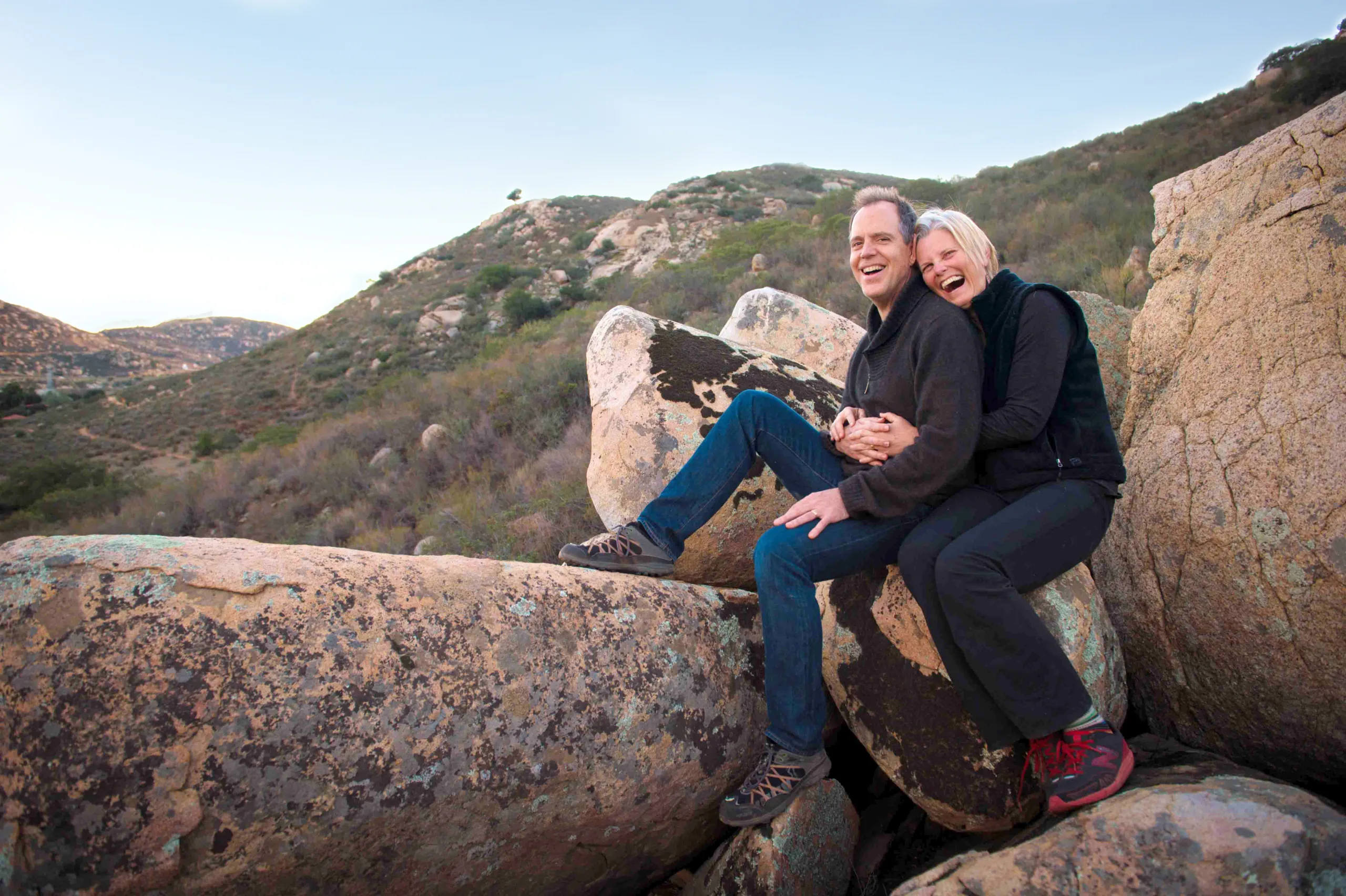Relationships: Forgiveness & Reconciliation

We are Mere Mortals
Life is messy, and no one is perfect. In the stress of the moment, we crack along our fault lines. It’s ok. And it is to be expected. But what lies at the crossroads of these challenging moments can be poor decisions, hurt feelings, and words or actions we cannot take back. Unfortunately, we have all been on the receiving end of these tough moments. We have hurt people and will hurt them again. This is a very important premise to embrace as we traverse the journey towards forgiveness and reconciliation, a two-way street.
Granting Decisional vs Emotional Forgiveness
Decisional forgiveness is easier and involves the decision to forgive. Period. It can happen in a moment and is a surface-level decision to take back the power in the relationship dynamic, whether it is forgiving an individual, a group, or an institution.
The decision is to take back real estate in your mind and heart. It is a powerful move and is as simple as deciding to do it. Feelings about the transgression remain the same, but attention is no longer being funneled towards the grievance.
Decisional Forgiveness How-To:
- Make the decision to forgive – Decide, say it out loud, and commit to it for your own well-being. This is about moving on from the event, dynamic, or entity that has wronged you.
- Re-direct attention and energy towards another part of your life – this is a behavioral commitment that takes discipline. Because the emotions about the transgression haven’t changed, it requires a repeated effort to channel the mind and actions away from anything that would involve righting a wrong or retribution of any kind.
Emotional forgiveness Step by Step:
On the other hand, emotional forgiveness is a deeper process that involves truly coming to peace with a hurt or a wrong. It is very possible to do, and the steps below will help guide your path.
Make the decision to forgive on a deep level – identifying who and what you are forgiving for.
- Writing this out is an important step towards emotional forgiveness, which requires acknowledging the loss. Make a list of the damage done in order to grieve its effects – different than step one of Decisional Forgiveness.
- A damage inventory allows for support in the grieving process.
- Note how your unresolved feelings about the wrong are impacting you now. This is an inventory of what has shifted since the transgression and can involve emotions or behaviors that may be different now. (examples = difficulty with trust, avoiding riding in a car)
- Make a list of the times you have wronged others and why. This is an important step designed to increase compassion and grace. You will have much better access to your own humanity and may be more open to compassion for others’ mistakes.
- Reflect on when others have forgiven you – what it felt like. Recalling the grace granted by others and how good it made you feel is inspiring to want to grant the same.
There is an incredible value in emotionally forgiving, and it does not have to involve anyone but you to gain the benefit. The above 5 steps are not necessarily sequential but serve to move toward peace, compassion, and empathy while letting go of anger, resentment, and hostility.
It does require patience and effort.
Please note that forgiveness may or may not include reconciliation. Which you may choose to engage in when the damage to the relationship was done by someone you are closely and deeply committed to.
What’s the difference between Unilateral and Transactional Forgiveness? (Reconciliation)
Unilateral forgiveness does not involve the other person. How freeing! You are not limited by their awareness, contrition, or acts of atonement.
This is only for you and can be accomplished by the 5 steps above without communicating with the offender. It is a solitary process, so you are not limited by their capabilities.
Transactional forgiveness includes the final step of reconciliation. It involves both parties and allows for the possibility of the relationship to move forward. Although often changed, it can even make relationships stronger. When you are on the side of the equation of having hurt a beloved person in your life, there are positive steps you can take to move reconciliation forward.
Steps to Foster Forgiveness Towards Ourselves?
- Admit something that you did was wrong and hurtful. Sharing remorse and regret will go a long way towards garnering forgiveness and encourages the aggrieved to be more open to sharing the impact of your transgression (remember, even if your intention was good, the effect can cause damage)
- Actively listen to the damage caused by your actions.
- Empathize with the effects of how you hurt someone. Active listening skills include mirroring, validating, and reflecting.
- Take responsibility. Saying you are sorry can go a long way. Sharing your opinion that what you did was wrong, if that is genuine, is also very powerful. If you don’t think it was wrong but regret how it hurt the other person, that is helpful, too.
- Offer acts of contrition. Acknowledge that hurtful actions or words cannot be erased, and consider what actions you can take to make amends for the damage that was done.
All 5 of these steps will aid in the process of reconciliation.
Health & Wellness Benefits
Forgiveness and reconciliation are incredibly beneficial to health and wellness. A decrease in anxiety, stress, and overall chronic pain has been linked to the act of forgiveness. Improved sleep patterns, reduced inflammation, and improved mood are more beneficial to those who make the choice to seek or grant forgiveness.
In the End, It’s All About YOU!
As the Buddha said, “Holding on to anger is like drinking poison and expecting the other person to die.”
Be well and flirt with forgiveness for you and you alone. The health benefits are worth it.

Dr Julie is a master speaker, facilitator, author, and entrepreneur. Her passion in life is fostering the types of transformations that move businesses, people, places, and things towards reaching their highest potential. At The Ranch, she serves with pleasure as the inner fitness coach teaching about her 5-step Transformation Methodology. She is all about sparking purposeful evolution!


